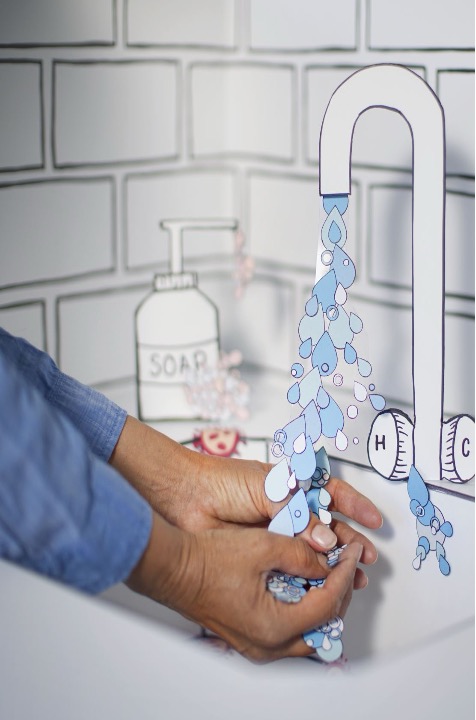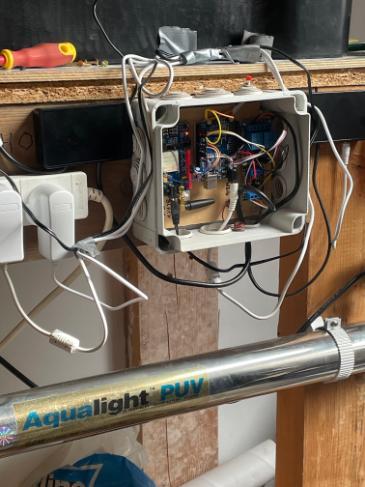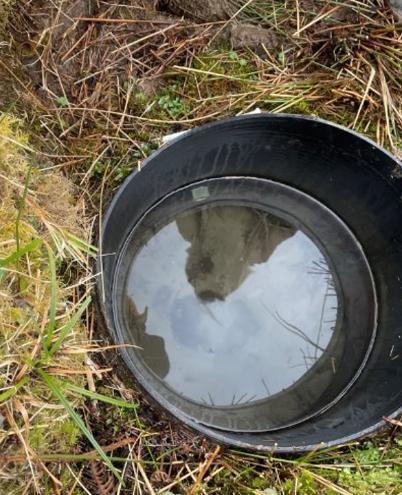4th September 2025
This post has been reproduced from Laura Major's blog.
“A significant number of people are homeless, and some are living in conditions of rooflessness, without shelter or temporary accommodation … In most areas, the lack of affordable housing was a central reason why young people were not able to return to their local areas after leaving to study or work elsewhere.”
— Scottish Human Rights Commission, Concerns on basic human rights in Highlands and Islands, November 2024
“The lack of housing is the single biggest issue that faces rural Scotland… The shortage of housing is the biggest issue that we hear about from service providers, businesses and individuals.”
— Highland MSP speaking in the Scottish Parliament, May 2024
In 2023, the Scottish Government declared a national housing emergency in response to a critical shortage of affordable and available homes across the country. In rural and island Scotland, this emergency takes on distinct dimensions: too few year-round homes amidst a growing number of seasonal holiday lets, and significant barriers to building new housing, including limited access to funding, land, skilled labour, and the infrastructure needed to support development.
While attention is rightly paid to land ownership models and planning restrictions, the need to consider improvements to the design and management of water infrastructure is a forgotten element in the development of better quality, more accessible homes in rural and island Scotland.
Through its Affordable Housing Supply Programme, the Scottish Government set targets to build 110,000 affordable homes by 2032, specifying that 10% will be in rural and island communities. To deliver new housing, water infrastructure will require far greater attention in planning and decision-making, alongside significant redesign and investment. New homes will require both the provision of new water supplies as well as ensuring existing homes have a water supply that is accessible, and of the required quality and quantity.
To deliver new housing, water infrastructure will require far greater attention in planning and decision-making, alongside significant redesign and investment
Water supply issues pose a challenge already

Our research has demonstrated that there are already a range of significant challenges with the maintenance and sustainability of existing supplies for homes in island and rural Scotland, including sourcing sufficient water for new developments.
Many rural areas in Scotland are served by public water networks managed by Scottish Water. Others rely entirely on private supplies including boreholes, springs, or rainwater systems. Private water systems can supply a single property or can be shared between homes or small water communities within a group of properties, which may be homes, businesses, and public services.
There are around 20,000 registered private water supplies across rural and island Scotland which serve just over 190,000 people. Private supplies are commonly found in areas the Scottish Government has identified for population growth, and particularly in island communities. Both public and private water systems can work well, but they’re not always easy to expand, especially when communities want to build more homes or improve existing ones.
“Scottish Water then insisted that we do the full upgrade to the water main coming into the site … That was going to cost an extra £200,000, which, when you think about it, for 12 units, that’s a lot of extra money to add on to the overall cost.”
—SME builder quoted in Scottish Land Commission: Land Supply for Housing in Rural Scotland, 2024
In some cases, Scottish Water may be unable to supply water to new developments even if funding is available for local upgrades. This can be due to limited capacity at the water source or because the existing infrastructure, designed around centralised treatment and distribution, cannot be extended across challenging terrain to reach more remote sites.
Installing and managing private water systems require money, knowledge and skill
Managing private water supply demands both technical know-how and often physically demanding maintenance work. Costs for maintenance can be very significant and installing a new supply to even one property can cost tens of thousands of pounds.

An island community development officer highlighted that installing a private water supply could be a significant financial barrier in the development of their affordable housing scheme. The last borehole in the area cost £16,000 to put in place.
—Field research note, Laura Major, 2025
While many islanders value their private water supplies and would not welcome a publicly managed alternative, systems can be fragile. Climate change, shifting rainfall patterns, more frequent water scarcity events, land management shifts, and seasonal population fluctuations, are all placing growing pressure on local supplies. Maintenance and upgrades can be prohibitively expensive, with limited funding available, a shortage of reliable technical advice, and uncertainty around what long-term resilience truly requires.
Water issues are a driver for island and rural population decline
“People have left because of the water”
—Island resident, reflecting on the challenges of managing private water supplies, March 2024
Population declines and the rise in holiday home conversions have also contributed to a shortage of both new and existing technical expertise for managing private water supplies.
These changes have created a Catch-22 at the heart of the water-for-homes dilemma: without a diverse and skilled population, it becomes harder to maintain or improve water infrastructure, yet water-related challenges drive further depopulation.
As the population ages, physical limitations can make it harder for remaining residents to manage their water supplies, while the same challenges deter new or younger people from settling or returning.
These changes have created a Catch-22 at the heart of the water-for-homes dilemma: without a diverse and skilled population, it becomes harder to maintain or improve water infrastructure, yet water-related challenges drive further depopulation.
Existing water supplies are vulnerable to development
“Water supplies such as this, are very vulnerable to any land use change, so we protect our supplies as much as possible.”
— rural resident, featured in Water Scarcity Stories, 2024
The additional strain that new developments, particularly new housing, can place on existing private infrastructure is often overlooked. This strain arises not only from increased water demand but also from the potential pollution of water catchments. While planning processes are designed to prevent such risks, current regulations are not always nuanced enough to account for customary water use practices that have often existed for generations. In some cases, property owners may be legally drawing water through local arrangements that do not align clearly with regulatory definitions about which supplies warrant protection and how that protection should be implemented.
Water systems, place-making and pride

Despite these challenges and constraints, the situation around Scotland’s water systems or private supplies more broadly is not wholly negative. For example, many island and rural residents speak with pride about their private supplies, and about the sense of ownership and connection to place that comes from managing their own water. There is an incredibly skilled and knowledgeable community of island and rural residents managing supplies. It should not be assumed that a shift to a public water system would always be welcomed, nor should the value of these existing water communities be underestimated.
Scotland is a ‘hydro-nation’ even if its water is not always in the right place at the right time.
Written by Laura Major, Jen Roberts, and Elizabeth Lawson as part of ongoing research into sustainable transitions for water supplies in rural and island Scotland. It draws on research and public engagement supported by the UKRI-funded Decentralised Water Technologies Programme and the ESRC/ACCESS-funded project Taps Aff! Voicing Experiences of Water Scarcity in Rural Scotland.



